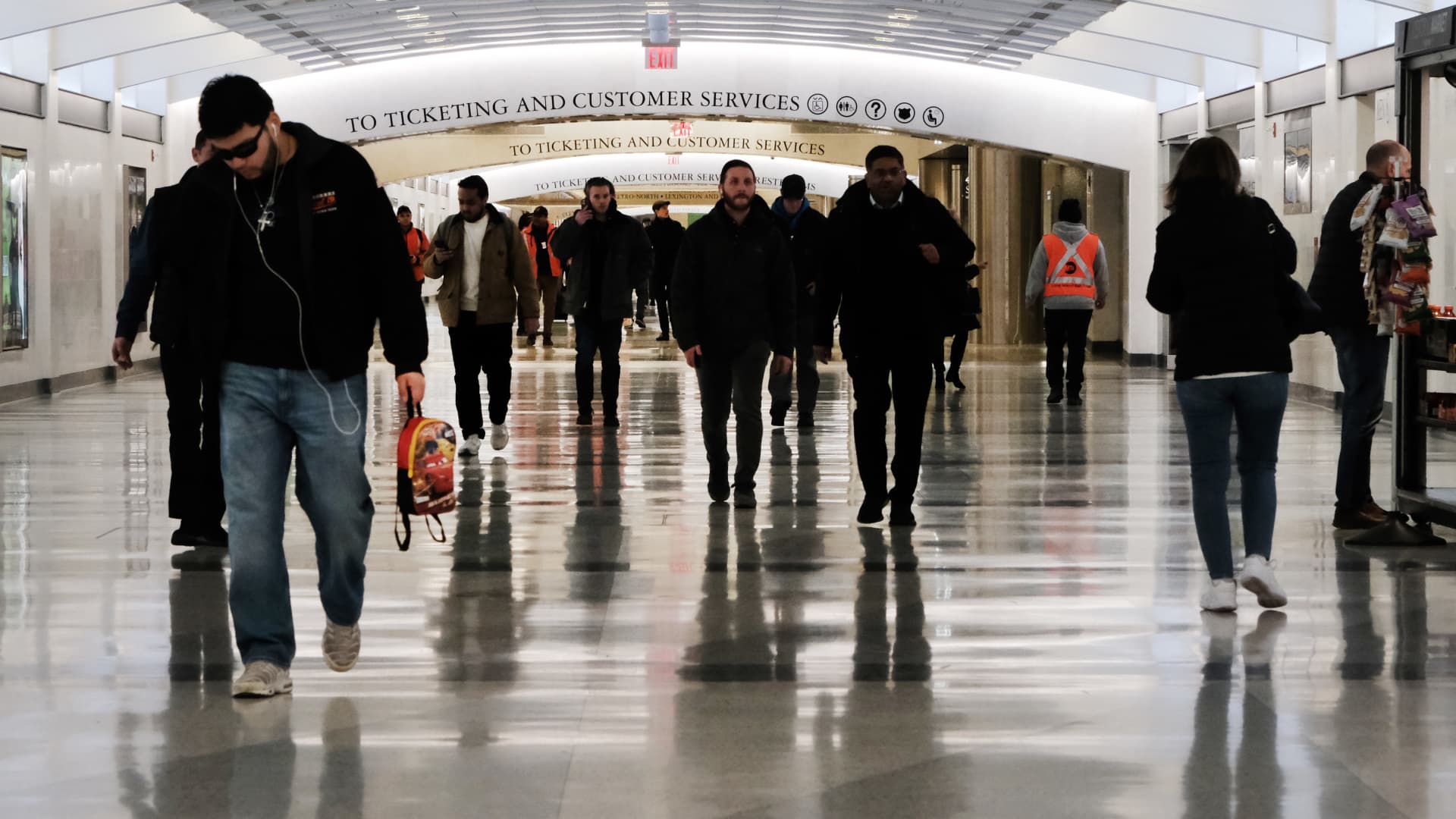Federal Reserve officials face an uncertain summer. They aren’t sure how quickly inflation will cool, how much the economy will slow, or how long interest rates will have to stay high to ensure rapid price increases are fully overcome.
What they do know is that the job market and the overall economy are holding up for now despite higher borrowing costs. And given this, the Fed has a safe strategy: do nothing.
That’s the message central bankers are likely to send at their two-day meeting this week, which ends on Wednesday. Officials are expected to keep interest rates unchanged, but make no firm commitments about when they will cut them.
Policymakers will release a series of new economic forecasts and these could show that central bankers now expect to make just two interest rate cuts in 2024, down from three when they released their last forecasts in March. Economists say the likelihood that officials could predict even a cut this year is slim. But whatever they forecast, officials are likely to avoid giving a clear signal about when rate cuts will begin.
Investors are not expecting a rate cut at the Fed’s next meeting in July, after which policymakers won’t meet again until September. That gives officials several months of data and plenty of time to think about their next move. And because the economy is holding up, central bankers have leeway to leave interest rates unchanged while they wait to see whether inflation slows without fearing that they are on the verge of plunging the economy into a sharp downturn.
“They will continue to point out that there will be rate cuts later this year,” said Gennadiy Goldberg, head of U.S. interest rate strategy at TD Securities. He said he expects a rate cut in September and doesn’t think the Fed will give any indication of when this week.
“You don’t have to hurry,” he explained. “Things are slowing down very gradually. You don’t fall off a cliff.”
Fed officials have kept interest rates at 5.3 percent since July after raising them significantly from near zero starting in March 2022. Higher Fed interest rates are permeating financial markets, making it more expensive for consumers and businesses to borrow money.
Over time, higher borrowing costs are expected to slow growth by weighing on the housing market and causing people to delay big purchases like cars. They also tend to deter companies from expanding and encourage them to hire fewer workers. And because interest rates weigh on demand, they should theoretically make it harder for companies to raise prices so quickly, which would help slow inflation.
But today’s increased interest rates will take time to weigh on the economy, and the latest data gives Fed officials reason to hold off on impending rate cuts.
Officials have made it clear that they could cut interest rates sooner rather than later if hiring slows and unemployment soars – but so far that hasn’t happened. Employment gains last month were much stronger than economists had expected and wage growth picked up, a sign that demand for workers remains solid.
Meanwhile, inflation remains stubborn. Price appreciation slowed rapidly in 2023, but this progress stalled in the early months of 2024. They cooled slightly in April, but policymakers have signaled they need more evidence that inflation is slowing again before they start cutting rates.
The May reading of the consumer price index will be released on Wednesday morning, giving officials the latest data on inflation just before their decision on interest rates at 2 p.m. Economists in a Bloomberg survey expect a slight slowdown in a closely watched “core” measure of inflation that strips out volatile food and fuel prices to provide a clearer sense of price trends.
Fed officials aim for inflation to average 2 percent over time, and the central bank defines that target using the Personal Consumption Expenditures Index – a separate measure of inflation that uses some data from the Consumer Price Index but is released later in the month. It also remains elevated at 2.7 percent.
And in a development that could worry Fed officials, consumers have begun reporting higher longer-term inflation expectations. Measures released by the University of Michigan and the Federal Reserve Bank of New York have increased in recent months.
Some Fed officials have indicated that they still believe that inflation stability in early 2024 is likely to weaken over time.
“I believe that some of the recent inflation readings largely represent a reversal from the unusually low readings of the second half of last year, rather than a break in the general downward direction of inflation,” John C. Williams, the chairman of the Federal Reserve, said the Reserve Bank of New York in a speech on May 30th.
But Mr. Williams and his colleagues have made clear that they are prepared to keep interest rates high for a longer period than expected until they are sure that inflation is cooling again. As interest rates continue to rise, both investors and consumers are eager to see rates fall.
Today’s relatively high interest rates are having a noticeable, even painful impact for some borrowers: Credit card interest rates have skyrocketed, financing a car purchase is expensive, and home sales have slowed as mortgage rates have risen above 7 percent.
However, as high borrowing costs weigh on some customers, they have an uneven track record when it comes to slowing the economy as a whole. The real estate market has slowed, but it hasn’t plummeted. Overall economic growth has cooled recently, but is broadly recovering.
Most Fed officials have indicated that they do not expect further rate hikes despite this unexpected resilience. While they are not willing to completely rule out such a move, they are more inclined to simply put the borrowing costs on hold for a longer period of time.
“It’s really about keeping policy at the current interest rate for longer than we think,” Jerome H. Powell, the Fed chairman, said in a speech last month.
Source link
2024-06-11 09:03:10
www.nytimes.com














